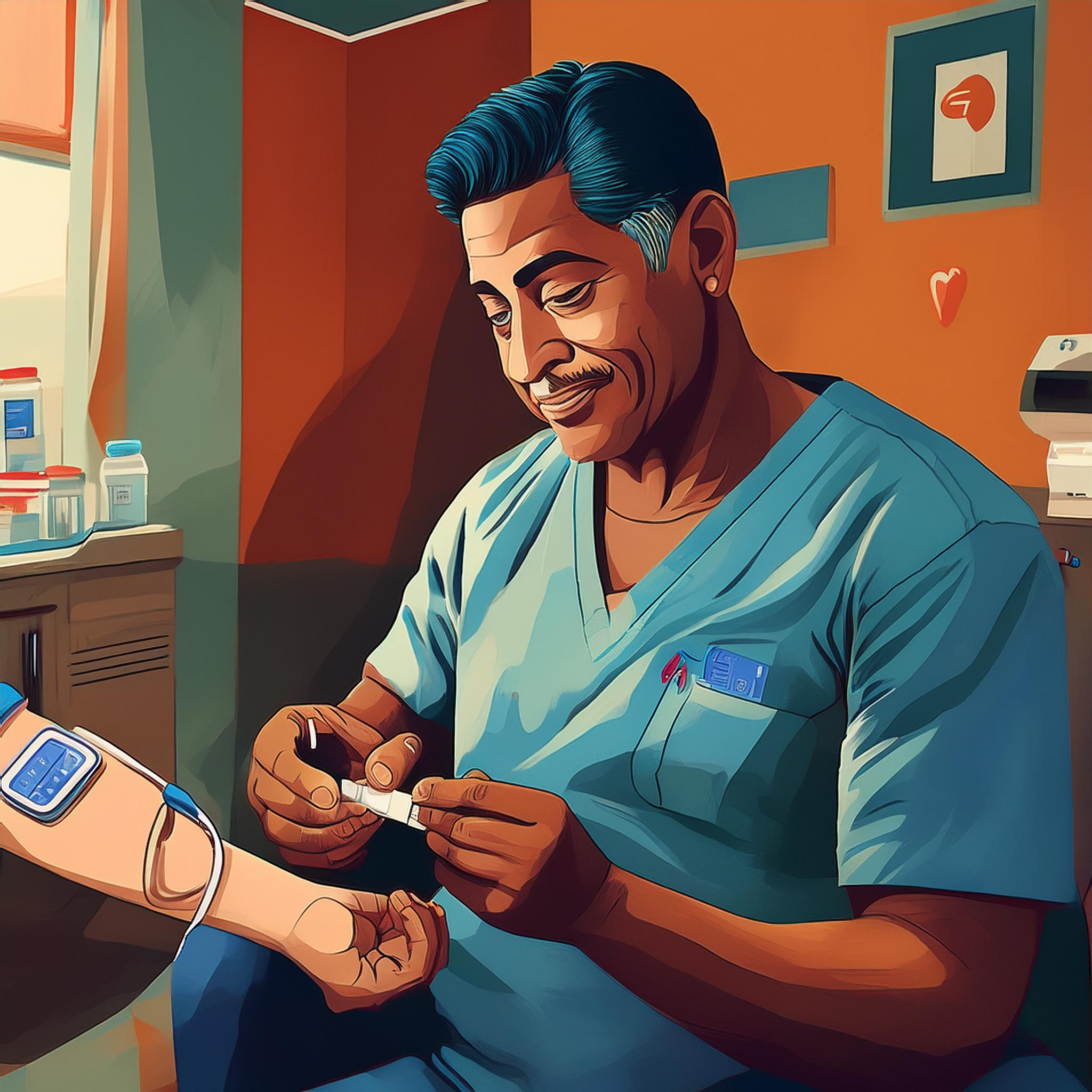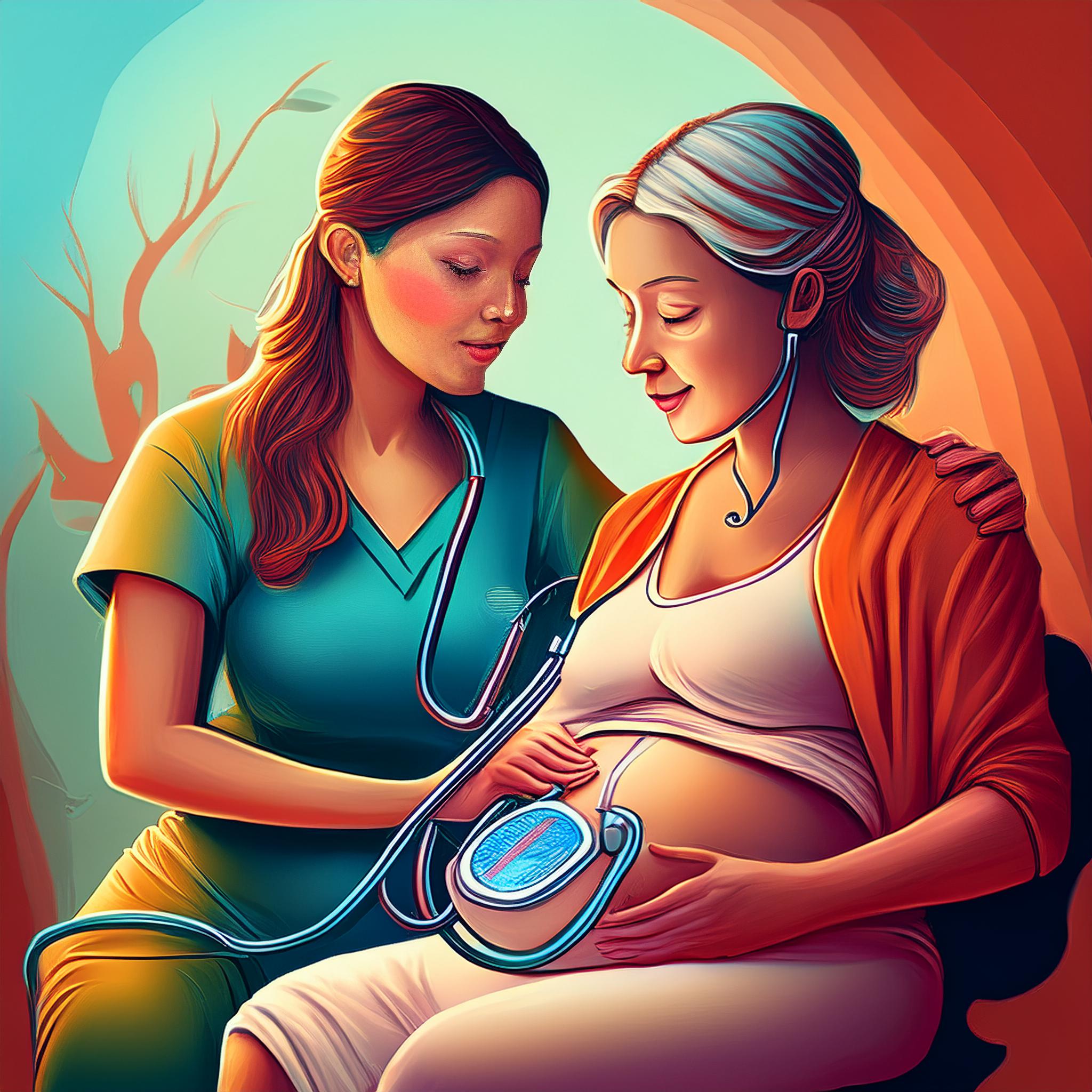Development of Learning Methods Basic Life Support Based on E-Learning Program for Nurses: Literature Review
Downloads
Basic Life Support (BLS) training is a must for nurses before entering the world of work. During the establishment of the pandemic in Indonesia, many face-to-face interactions were limited. The limitation also impacts the learning method of nurses. Most of the institutions use the E-learning (online) method. E-learning in nursing study has several advantages, such as being efficient, economical, and flexible. However, it also has disadvantages such as internet access, lack of interaction, and lack of direct practice with the media. This literature review aims to find the best e-learning methods for BLS training. The research design is a literature review. The article was conducted in three journal databases: Google Scholar, Scopus, and PubMed. A total of 16 articles that met the inclusion criteria were reviewed. The study showed that blended learning is the best recommended learning method for BLS. Combined learning methods improve the knowledge and skill performance of the students.
Abbasi, M. S., Ahmed, N., Sajjad, B., Alshahrani, A., Saeed, S., Sarfaraz, S., ... & Abduljabbar, T. (2020). E-Learning perception and satisfaction among health sciences students amid the COVID-19 pandemic. Work, 67(3), 549-556. https://doi.org/10.3233/WOR-203308
Adnyani, P. D., Agustini, N. L. P. I. B., Wahyunadi, N. M. D., Sanjana, I. W. E., & Artawan, I. K. (2023). Advanced Life Support Video Training Modalities: A Literature Review. Babali Nursing Research, 4(3), 382-392. https://doi.org/10.37363/bnr.2023.43257
Agustini, N. L. P. I. B., Suyasa, I. G. P. D., Wulansari, N. T., Dewi, I. G. A. P. A., & Rismawan, M. (2017). Penyuluhan dan pelatihan bantuan hidup dasar. Paradharma (Jurnal Aplikasi IPTEK), 1(2), 68-74
Agustini, N. L. P. I. B., Yusniawati, Y. N. P., & Atika, P. (2009). Effect of Health Education Intervention about Emergencies on the Knowledge and Ability of Parents in Handling Children with Emergency Condition. Journal of Global Pharma Technology, 12(1). 420-425.
Alsoufi, A., Alsuyihili, A., Msherghi, A., Elhadi, A., Atiyah, H., Ashini, A., ... & Elhadi, M. (2020). Impact of the COVID-19 pandemic on medical education: Medical students’ knowledge, attitudes, and practices regarding electronic learning. PloS one, 15(11), e0242905. https://doi.org/10.1371/journal.pone.0242905
American Heart Association. (2020). Highlights of the 2020 AHA Guidelines Update for CPR and ECC. American Heart Association. https://cpr.heart.org/-/media/CPR-Files/CPR-Guidelines-Files/Highlights/Hghlghts_2020ECCGuidelines_Indonesian.pdf
Bączek, M., Zagańczyk-Bączek, M., Szpringer, M., Jaroszyński, A., & Wożakowska-Kapłon, B. (2021). Students’ perception of online learning during the COVID-19 pandemic: A survey study of Polish medical students. Medicine, 100(7), e24821. https://doi.org/10.1097/MD.0000000000024821
CASP. (2024). CASP Checklist. CASP Critical Appraisal Skills Programme. Retrieved from https://casp-uk.net/checklists/casp-systematic-review-checklist-fillable.pdf
Castillo, J., Gallart, A., Rodríguez, E., Castillo, J., & Gomar, C. (2018). Basic life support and external defibrillation competences after instruction and at 6 months comparing face-to-face and blended training. Randomised trial. Nurse education today, 65, 232-238. https://doi.org/10.1016/j.nedt.2018.03.008
Dempsey, A., Robinson, C., Moffatt, N., Hennessy, T., Bradshaw, A., Teeling, S. P., Ward, M., & McNamara, M. (2021). Lean six sigma redesign of a process for healthcare mandatory education in basic life support—a pilot study. International Journal of Environmental Research and Public Health, 18(21), 1–18. https://doi.org/10.3390/ijerph182111653
Eltaybani, S., Abdelhalim, G. E., & Abdelgawad, M. E. (2021). Nursing students’ and educators’ experience with e-learning during a pandemic: An online survey. Nursing Forum, 56(4), 878–888. https://doi.org/10.1111/nuf.12634
Joshi, P., Das, S., Thomas, M., Mawar, S., Garg, R., Shariff, A., & Gopichandran, L. (2022). Dissemination of cardiopulmonary resuscitation training for nurses treating Coronavirus disease-2019 patients: a single-arm pre-experimental study. Indian Journal of Critical Care Medicine: Peer-reviewed, Official Publication of Indian Society of Critical Care Medicine, 26(3), 327. https://doi.org/10.5005/jp-journals-10071-24128
Lee, D. K., Choi, H., Jheon, S., Jo, Y. H., Im, C. W., & Il, S. Y. (2022). Development of an extended reality simulator for basic life support training. IEEE Journal of Translational Engineering in Health and Medicine, 10, 1-7. https://doi.org/10.1109/JTEHM.2022.3152365
Lehmann, R., Lutz, T., Helling-Bakki, A., Kummer, S., Huwendiek, S., & Bosse, H. M. (2019). Animation and interactivity facilitate acquisition of pediatric life support skills: a randomized controlled trial using virtual patients versus video instruction. BMC medical education, 19, 1-9. https://doi.org/10.1186/s12909-018-1442-5
Gismalla, M. D. A., Mohamed, M. S., Ibrahim, O. S. O., Elhassan, M. M. A., & Mohamed, M. N. (2021). Medical students’ perception towards E-learning during COVID 19 pandemic in a high burden developing country. BMC Medical Education, 21, 377. https://doi.org/10.1186/s12909-021-02811-8
Madou, T., & Iserbyt, P. (2020). Mastery versus self-directed blended learning in basic life support: a randomised controlled trial. Acta Cardiologica, 75(8), 760–766. https://doi.org/10.1080/00015385.2019.1677374
Moon, H., & Hyun, H. S. (2019). Nursing students’ knowledge, attitude, self-efficacy in blended learning of cardiopulmonary resuscitation: A randomized controlled trial. BMC Medical Education, 19(1), 1–8. https://doi.org/10.1186/s12909-019-1848-8
Nabecker, S., Balmer, Y., van Goor, S., & Greif, R. (2022). Piloting a Basic Life Support instructor course: A short report. Resuscitation Plus, 12(October), 100325. https://doi.org/10.1016/j.resplu.2022.100325
Nasution, N., & Jalinus, N. (2019). Buku Model Blended Learning. Riau: Unilak Press.
Nurjanah, D. S., & Suparti, S. (2022). Pengaruh Edukasi Bantuan Hidup Dasar dengan Media Audio Visual terhadap Pengetahuan Pengawas Kolam Renang di Kabupaten Purbalingga. Faletehan Health Journal, 9(01), 1-7.
Nurhasanah, S., Jayadi, A., Sa’diyah, R. & Syafrimen. (2019). Buku Strategi Pembelajaran. Jakarta: Edu Pustaka.
Pedersen, T. H., Kasper, N., Roman, H., Egloff, M., Marx, D., Abegglen, S., & Greif, R. (2018). Self-learning basic life support: A randomised controlled trial on learning conditions. Resuscitation, 126, 147-153. https://doi.org/10.1016/j.resuscitation.2018.02.031
Picciano, A.G., Dziuban, C.D., Graham, C.R., Moskal, P.D. (2022). Blended Learning: Research Perspectives, Volume 3. Apex CoVantage, LLC. New York. 2022.
Rahman, I. A. ., Nurlatifah, E., & Fitriani, A. (2022). Meningkatkan Kemampuan Cuci Tangan dengan Metode Audio Visual. Jurnal Keperawatan, 14(1), 87–94. https://doi.org/10.32583/keperawatan.v14i1.38
Sanjana, I. W. E., Widyandari, N. M. A. S., & Agustini, N. L. P. I. B. (2023). Nursing Competencies in Ambulance Needs at Prehospital: A Scoping Review. Jurnal Info Kesehatan, 21(2), 212-225. https://doi.org/10.31965/infokes.Vol21Iss2.960
Singh, H. K., Joshi, A., Malepati, R. N., Najeeb, S., Balakrishna, P., Pannerselvam, N. K., ... & Ganne, P. (2021). A survey of E-learning methods in nursing and medical education during COVID-19 pandemic in India. Nurse education today, 99, 104796. https://doi.org/10.1016/j.nedt.2021.104796
Puspa, N. L. P. M. M., Agustini, N. L. P. I. B., & Yusniawati, Y. N. P. (2023). Effectiveness of Video Tutorial-Based and Conventional Learning Media on Knowledge of Initial Cardiac Assessment in Undergraduate Nursing Students. Adi Husada Nursing Journal, 9(2), 128-133. https://doi.org/10.37036/ahnj.v9i2.485
Sheikhaboumasoudi, R., Bagheri, M., Hosseini, S. A., Ashouri, E., & Elahi, N. (2018). Improving nursing students' learning outcomes in fundamentals of nursing course through combination of traditional and e-learning methods. Iranian journal of nursing and midwifery research, 23(3), 217-221. https://doi.org/10.4103/ijnmr.IJNMR_79_17
Suartama, I. K. (2014). E-learning konsep dan aplikasinya. Singaraja: Universitas Pendidikan Ganesha..
Taher, T. M. J., Saadi, R. B., Oraibi, R. R., Ghazi, H. F., Abdul-Rasool, S., Tuma, F., ... & Oraib, R. R. (2022). E-learning satisfaction and barriers in unprepared and resource-limited systems during the COVID-19 pandemic. Cureus, 14(5), e24969
Yahiaoui, F., Aichouche, R., Chergui, K., Brika, S. K. M., Almezher, M., Musa, A. A., & Lamari, I. A. (2022). The impact of e-learning systems on motivating students and enhancing their outcomes during COVID-19: a mixed-method approach. Frontiers in Psychology, 13, 874181. https://doi.org/10.3389/fpsyg.2022.874181
Copyright (c) 2024 JURNAL INFO KESEHATAN

This work is licensed under a Creative Commons Attribution-NonCommercial-ShareAlike 4.0 International License.
Copyright notice
Ownership of copyright
The copyright in this website and the material on this website (including without limitation the text, computer code, artwork, photographs, images, music, audio material, video material and audio-visual material on this website) is owned by JURNAL INFO KESEHATAN and its licensors.
Copyright license
JURNAL INFO KESEHATAN grants to you a worldwide non-exclusive royalty-free revocable license to:
- view this website and the material on this website on a computer or mobile device via a web browser;
- copy and store this website and the material on this website in your web browser cache memory; and
- print pages from this website for your use.
- All articles published by JURNAL INFO KESEHATAN are licensed under the Creative Commons Attribution 4.0 International License. This permits anyone to copy, redistribute, remix, transmit and adapt the work provided the original work and source is appropriately cited.
JURNAL INFO KESEHATAN does not grant you any other rights in relation to this website or the material on this website. In other words, all other rights are reserved.
For the avoidance of doubt, you must not adapt, edit, change, transform, publish, republish, distribute, redistribute, broadcast, rebroadcast or show or play in public this website or the material on this website (in any form or media) without appropriately and conspicuously citing the original work and source or JURNAL INFO KESEHATAN prior written permission.
Permissions
You may request permission to use the copyright materials on this website by writing to jurnalinfokesehatan@gmail.com.
Enforcement of copyright
JURNAL INFO KESEHATAN takes the protection of its copyright very seriously.
If JURNAL INFO KESEHATAN discovers that you have used its copyright materials in contravention of the license above, JURNAL INFO KESEHATAN may bring legal proceedings against you seeking monetary damages and an injunction to stop you using those materials. You could also be ordered to pay legal costs.
If you become aware of any use of JURNAL INFO KESEHATAN copyright materials that contravenes or may contravene the license above, please report this by email to jurnalinfokesehatan@gmail.com
Infringing material
If you become aware of any material on the website that you believe infringes your or any other person's copyright, please report this by email to jurnalinfokesehatan@gmail.com.





























